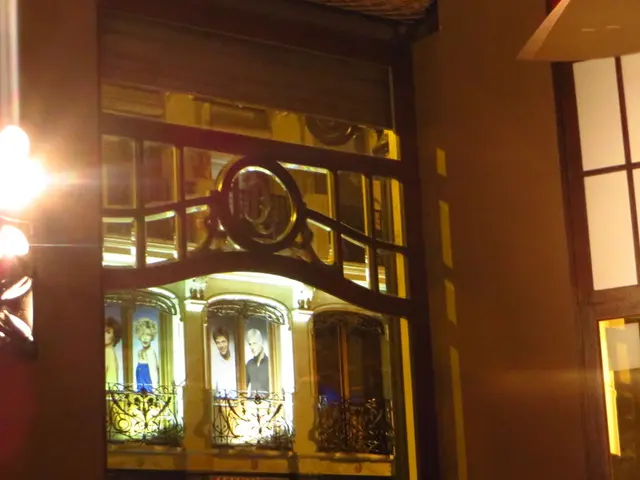Marvelous manifestations of nature's craftsmanship
In the hustle and bustle of contemporary life, taking a moment to appreciate the majesty of nature can often be overlooked. However, a visit to the Glucksman museum at University College Cork presents an opportunity to do just that, through the exhibition of Karl Blossfeldt's "Art Forms in Nature."
The black and white photographs by Blossfeldt, a German photographer and sculptor, capture the intricate forms and structures of plants, showcasing nature's creativity in an awe-inspiring light. The purpose of these photos was not solely to showcase beauty but to encourage us to see, appreciate, and be in awe of nature's design. The forms of plants serve practical purposes, from facilitating access for pollinators to distributing seeds and nurturing them during germination.
Nature, it seems, also conceals the rules of mathematics within its visible structures. For example, the patterns of sunflower seeds, pinecones, and the curl of unfurling ferns all follow the golden ratio (8:5) and the Fibonacci sequence, creating the spirals that captivate the observer. Indeed, Galileo once stated that "Nature's great book is written in mathematical language."
Blossfeldt, a professor at the Academy of Applied Arts in Berlin, taught his students to model bronze from plants and use photographs as inspiration. His work was part of the "New Objectivity" movement in Germany from 1918 to the fall of the Weimar republic in 1933. Blossfeldt's photography also inspired surrealism and Art Nouveau, and he continues to inspire contemporary artists such as Neo Rauch.
Visitors to the Glucksman museum can engage with Blossfeldt's photographs through tables arrayed with copies of his collections, offering space to draw and sketch. Indeed, I too was moved to capture aspects of what Blossfeldt discovered a century ago, marveling at the geometric shapes, the emergence of spring leaves, and the hypnotic spirals.
In addition to the "Art Forms in Nature" exhibition, the Glucksman museum presents another intriguing display, Meadhbh O'Connor's biospheres. These spheres of living vegetation create tiny planetary ecosystems, with planes acting as continents, dark moss suggesting scorched earth from climatic catastrophes, and vibrant, resilient nature fighting back. They offer a glimpse of fragile, fleeting, yet rich and dynamic life that sparks contemplation of the future we may choose or the one we might allow to unfold.
O'Connor's biospheres invite the observer to look up and marvel, just as Blossfeldt's photographs encourage us to look closely. Where Blossfeldt often zoomed in by a factor of up to thirty, O'Connor creates entire worlds at around 60cm across, enabling us to appreciate the interconnected, interdependent system within them.
Nature, it seems, has much to teach us, reminding us of our place in the universe and inspiring wonder. The "Art Forms in Nature" exhibition at the Glucksman museum will be on display until 10 July 2022. To delve deeper into the art of botanical photography, consider "Art Forms of Nature" by Ernst Haeckel, or appreciate Meadhbh O'Connor's contemporary take on nature in her biospheres. And, as always, Cork itself and the Emerald Isle are waiting to be explored.
Delving into Blossfeldt's photographs, one can't help but appreciate the intricate geometry found in nature that mirrors mathematical patterns, such as the golden ratio and Fibonacci sequence. Sculpting bronze from plants and capturing their forms in photographs, Blossfeldt's work also inspires contemporary artists, reminding us of the beauty and wisdom that can be found in our ecosystems, both in our home-and-garden and in eco-friendly lifestyles. In addition, Meadhbh O'Connor's biospheres, on display at the Glucksman, offer a miniature glimpse into a fragile yet dynamic planetary ecosystem, encouraging us to contemplate our role in the larger scheme of nature and to respect and nurture our planet.




